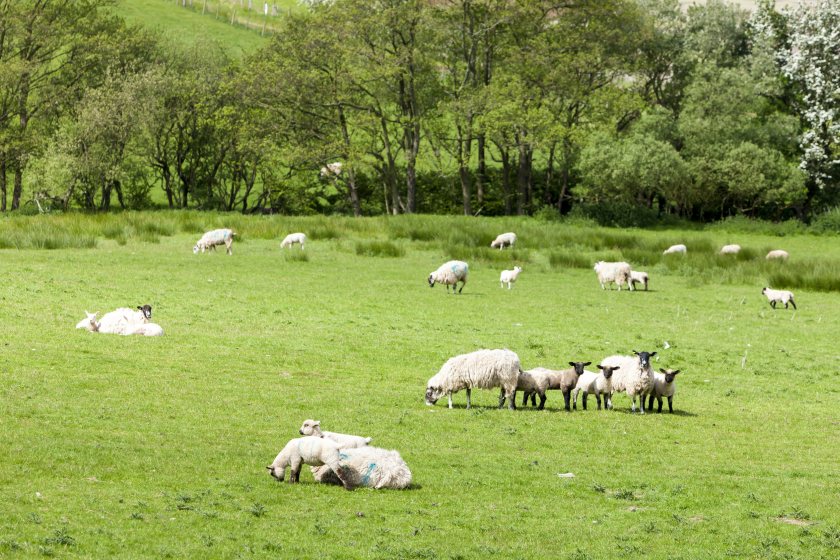
Four in five UK sheep farms have been exposed to the abortion-causing parasite Toxoplasma gondii, according to early results from the 2025 FlockCheck scheme.
Preliminary findings from the diagnostic programme, by MSD Animal Health, indicate that 80% of farms have shown evidence of exposure to the Toxoplasma gondii parasite.
Since the scheme opened on 1 February for toxoplasmosis screening, 198 sheep flocks have been tested, with the vast majority showing at least one positive result.
These results echo 2024, when 80% of 382 flocks showed exposure to toxoplasmosis, 26% to EAE, and 19.4% to both.
These trends are consistent with data from the Animal and Plant Health Agency (APHA), which identified toxoplasmosis and EAE as the leading causes of sheep abortion in the UK between 2002 and 2019.
Although lambing is now complete or nearing completion on most farms, MSD Animal Health is encouraging farmers to continue testing.
Blood sampling after lambing can help identify exposure, especially in cases where diagnosis at the time of abortion was not possible.
“It may not always be possible to test for the cause of abortion at the time, but when this isn’t an option, arrange to blood test any ewes that have aborted after lambing,” advised Dr Kat Baxter-Smith, vet adviser with MSD.
She added that farmers should closely monitor abortion levels, noting that up to 2% is generally regarded as acceptable.
Any rate above that—particularly in conjunction with unusually low scanning percentages—should prompt further investigation.
British sheep farmers still have time to benefit from the 2025 FlockCheck scheme, which runs until the end of June.
The programme subsidises blood tests for six to eight ewes that are unvaccinated and have either aborted, been barren, or produced weak lambs.
“This subsidised service provides farmers with valuable insights into potential causes of early lamb losses,” Dr Baxter-Smith explained.
She also encouraged a risk-based strategy when determining whether to vaccinate for toxoplasmosis and EAE, but recommended vaccination in most cases—especially for non-closed flocks.
“The cost of vaccination for both toxoplasmosis and EAE can easily be offset by reducing future barren rates and abortion losses," Dr Baxter-Smith said.
"Ideally, every ewe should be vaccinated before she breeds, given the widespread disease threat and the significant financial impact of infection.
“Non-pregnant ewes can be vaccinated anytime up until three weeks before tupping, but there’s no need to wait that late, with the summer providing an ideal opportunity to vaccinate."
